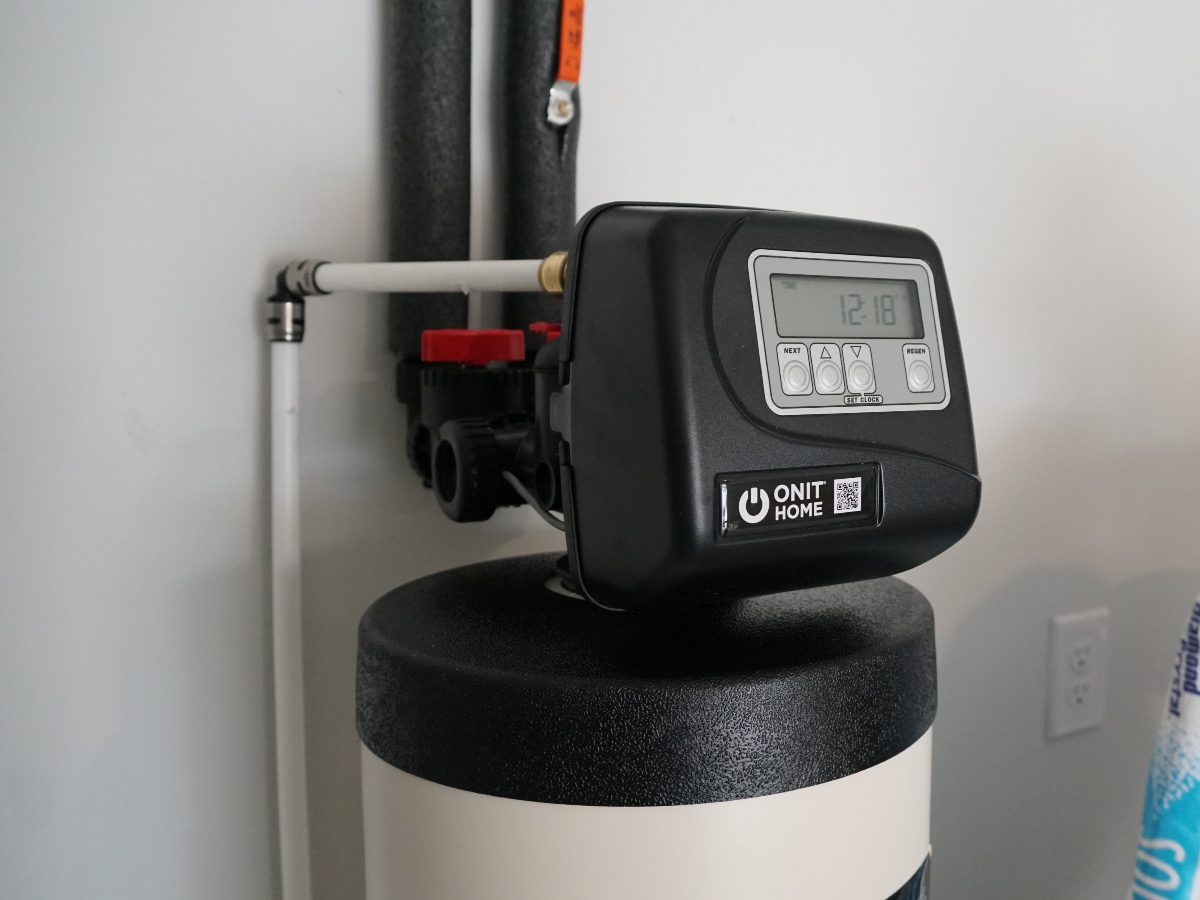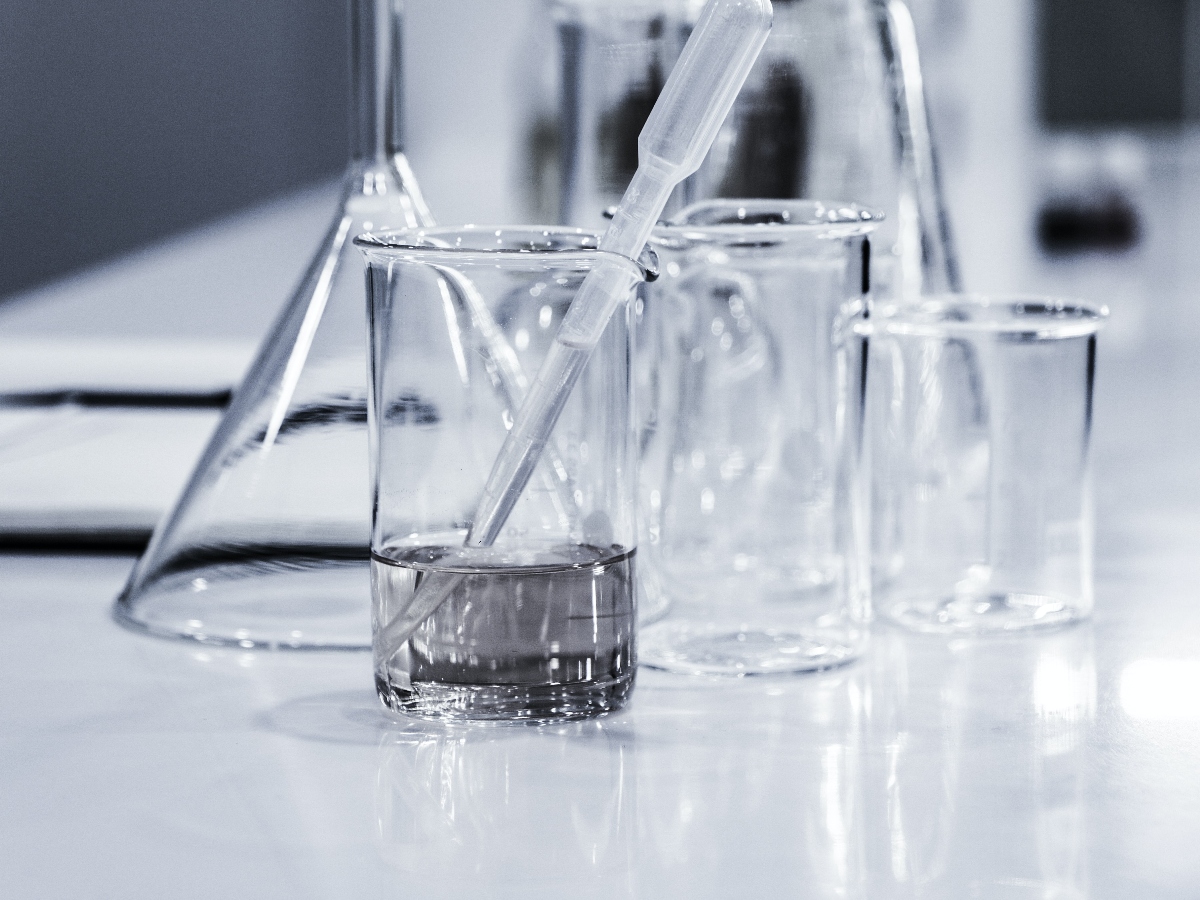You have probably heard of PFAS, the harmful chemicals found almost everywhere. But, if you are wondering what they are, this article is for you. We’ll explore these chemicals and explain what they are, how you can be exposed to them, and associated health risks. We also provide you with the forever chemicals list for a deeper understanding of what to avoid. Read on.
Check out our brand new page outlining everything you should know about forever chemicals in your home water system.
What You Should Know About Forever Chemicals
As technology keeps changing, so do the clothes we wear, the food we eat, and the water we drink. Manufacturers find ways to keep up with the changing technology to provide their consumers with modern products. As a result, the productions have had to use many chemicals which can harm human health. One of these chemicals is the “forever chemicals,” or PFAS. So what are these “forever chemicals”?
Forever chemicals, also called perfluoroalkyl and polyfluoroalkyl substances (PFAS), are artificial. You can find them in everyday items, such as non-stick cookware, waterproof clothing, and food packaging. These chemicals are also used in firefighting foams and some industrial processes, such as the production of electronics and automobiles.
According to a survey by the Centers for Disease Control and Prevention (CDC), most Americans have been exposed to PFAS. Although “forever chemicals” are ubiquitous, they are also extremely stable and persistent in the environment, hence their name. This means they can accumulate in the body over time, potentially causing health problems.

Forever Chemicals List
There are over 9,000 forever chemical compounds worldwide, with 600 being used in American products. PFOA and PFOS are widely known and studied PFAS chemicals. Since 2005, industries have stopped manufacturing products with these two chemicals. However, over a decade later, people still find their water contaminated with PFOA and PFOS across the globe.
The U.S. Environmental Protection Agency released a “forever chemicals list”, listing 160 PFAS that should be included in Toxics Release Inventory reports (TRI). However, it’s good to note that this is not an exhaustive forever chemicals list of the forever chemicals.
Among the chemicals listed include:
- Perfluorooctanoic acid (PFOA)
- Perfluorooctane sulfonic acid (PFOS)
- Hexafluoropropylene oxide dimer acid (GenX)
- Perfluorononanoic acid (PFNA)
- Perfluorohexanesulfonic acid (PFHxS).
- Perfluorotetradecanoic acid (PFTeDA, or PFTA)
- Sodium perfluorooctanoate (NaPFO)
- Perfluorobutanesulfonate (PFBS)
- Perfluorooctylsulfonyl fluoride(POSF)
How are People Exposed to PFAS?
According to the EPA, the forever chemicals are found in air, water, and soil across the globe. You can be exposed to PFAS through:
- Pregnancy and breastfeeding: Babies can be exposed if the mother is exposed to PFAS when pregnant or through breastfeeding.
- Work: If you are a firefighter or work in manufacturing industries with PFAS processes.
- Drinking water: According to scientists, tap water in over 200 million U.S. households is PFOS and PFOA polluted and recommends in-house filtration systems to solve this issue.
- Foods: Eating foods that contain PFAS, such as microwave popcorn and fish, from contaminated water
- Packaging: Eating food that has been packed with materials made from PFAS, such as pizzas.
- Air: Inhaling air that has been contaminated with PFAS, although this has fewer levels of exposure compared to eating and drinking.
- Through products made with PFAS, such as nail polish and lipstick
- Eating food grown or raised in PFAS-contaminated areas.

What Products Contain PFAS?
Per-and poly-fluoroalkyl substances are mostly found on the non-stick cookware, grease, water, and stain-proof products. Research shows that 75% water-resistant products contain PFAS. Also, most products that are said not to use PFAS during production have PFAS.
Here is a list of products containing PFAS:
- Food packaging products: pizza boxes, food wrappers, takeout containers, pet food bags, microwave popcorn bags
- Teflon cookware
- Stain-resistant and water-resistant clothing
- Carpets, rugs, furniture, textiles, umbrellas, car seats
- Medical equipment such as heart patches
- Building materials such as glass, paints and coatings, adhesives, and others
- Cleaning products such as laundry and dishwasher detergents
- Some personal care and cosmetic products, like lipstick, dental floss, mascara, shampoo, menstrual underwear
- Building products
- Firefighter’s gear
- Firefighting foam
Why Be Concerned About PFAS?
The widespread occurrence, numerous exposures, and persistence of PFAS create a major concern for scientists. Furthermore, studying the forever compounds becomes more difficult since they appear differently in various items. High levels of certain forever chemicals have been shown to have adverse health effects on human health in several ways:
- Reduce immunity
- Increased cholesterol levels
- Changes in liver enzymes
- Increased risk of high blood pressure
- Reproductive problems such as reduced fertility
- Developmental effects or delays in children
- Decreased vaccine response in children
- Increased risk of kidney
- Risk of testicular, prostate, and cancer
- Interference with the body’s natural hormones.
- Risk of obesity
- Increased risk of asthma and thyroid disease.
How to Avoid PFAS
PFAS are persistent, mobile, and toxic even at very low doses, and finding a way to avoid them is crucial. For your health, it’s essential to do your part by avoiding these chemicals as much as possible. Here are some of the best tips to make that happen:
Limit Consumption of Prepackaged Food
Most food packaging products contain PFAS. According to a survey, people who eat out more have higher levels of PFAS than those who eat at home. So try to limit pre-packed food and avoid reheating food in their takeout containers.
Avoid Microwave Popcorns
PFAS is present in several foods, and microwaved popcorn is one of them. Studies show that people who consume microwave popcorn have high levels of PFAS. This is because these bags are lined with PFAS.
Replace Non-Stick Cookware
Replace non-stick cookware with stainless steel or cast iron cookware whenever possible. These materials don’t contain harmful chemicals like PFOA or PFOS because they don’t break down easily over time, as regular Teflon does.
Avoid Water-Resistant Cosmetics
Avoid using water-resistant cosmetics and makeup. Water-resistant products such as waterproof mascara, liquid lipsticks, or eyeliner can contain PFAS. The products have high PTFE or fluorine levels, allowing them to repel water and other liquids like sweat or tears.
Avoid Fabrics and Textiles with Water-Resistant Features.
Products such as carpets, furniture, stress protectors, and other stain and water-resistant fabrics contain PFAS. Try as much to avoid them, even though they have flooded the market. You can shop from retailers who have set measures to prevent PFAS products’ use.
Use of Water Filtration System
Tap and well water can contain PFAS pollutants, making it necessary to treat the water. Drinking water with PFAS contaminants can be harmful to your health. According to studies, About 100 million Americans consume water with PFAS levels exceed the current limit of 70 parts per trillion (ppt). Ensure to test your water regularly if you live in an area that may be contaminated by PFAS and also if you live near a federal facility like a decommissioned military installation. The EPA recommends a limit of 0.02 parts per trillion for PFOS and 0.004 ppt for PFOA. If the PFAS levels in your water exceed the EPA limit, consider installing a whole home water filtration system.
These are just a few ways to prevent excessive use of PFAS products. Avoiding them entirely is challenging, but a little effort goes a long way.
At ONIT Home, our whole home water filtration system is the most effective way to reduce forever chemicals! The Environmental Protection Agency (EPA) found that granulated activated carbon and reverse osmosis used in ONIT Home filters are proven to be effective in removing PFAS from your home water source.
The whole home system from ONIT Home filters your water through multiple stages, giving you clean and contaminant-free water straight from the source! Filter your water with our professionally installed systems, equipped with technology that eliminates toxic chemicals like PFAS from your water supply.
Call us right now to learn more about PFAS and Home Water Filtration Systems. 1-833-433-0331

What Is the Government Doing About PFAS?
The United States has made progress in addressing PFAS. The EPA has set the legal limit for PFOS and PFOA in drinking water at 70 parts per trillion for both compounds. However, many experts say this level is inadequate to protect public health from exposure to these toxic chemicals. Congress passed a bill in 2018 instructing the EPA to set stricter limits for these two chemicals. As a result, the agency issued interim updated drinking water health advisories for PFOA and PFOS, which replaced the ones set in 2016.
The new limit levels for PFOS are at 0.02 ppt and 0.004 ppt for PFOA. According to the EPA, if you find your water exceeds those limits, you must take steps to reduce those levels. This will help prevent adverse health effects that high concentrations can cause. Besides EPA, other organizations, such as the National Institute of Environmental Health Sciences (NIEHS) and the National Toxicology Program (NTP), support PFAS research.

Improve Your Water Quality to Avoid PFAS
We hope that you find our “Forever chemicals list” article helpful in understanding the impact of forever chemicals on our health. To secure yourself, the first step should be to secure your water.
Research conducted in Delaware alone, shows that even underground/well water may contain significant amounts of PFAS (PFOS, PFHxS and PFBS). Since PFAS can be easily transferred to your water, it’s advisable to perform water tests regularly. Also, if you live in a place that may have PFAS, you can install a whole home filtration system. This system will ensure that your home has clean and potable water 24/7.
At ONIT Home, we provide a whole home reverse osmosis system. We also offer professional installations to ensure you get the best system to keep your family safe and healthy. Contact us today for a free quote or more information. You can also call us at 1-833-433-0331 to speak to our experts. Need clean water? We’re ONIT.



